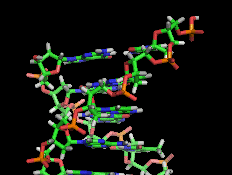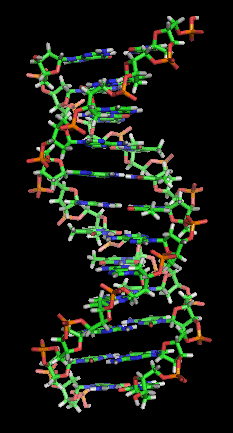Galiher DeRobertis & Waxman has represented clients with mesothelioma and lung cancer resulting from asbestos exposure for the past 30 years. Some of our clients have participated in clinical trials that test new combinations of surgery, radiation and chemotherapy drugs. Our clients also have benefited from the advances and new discoveries made through the study of other types of cancer.
Researchers are always looking for new ways to battle cancer. We know that new approaches, research, and discoveries related to all types of cancer can play an important role in finding better treatments, and eventually a cure for mesothelioma and lung cancer. The chemotherapy drug Cisplatin, for example, was used against various types of cancer since the 1970s. However, clinicians eventually combined Cisplatin with Alimta and found that it was an effective treatment against mesothelioma. Mesothelioma patients lived as much as 30% longer when treated with this combination, and it was made possible by the discoveries and advances made against other forms of cancer.
For years Mina Bissell, Ph.D., of the Lawrence Berkeley National Laboratory and others have pushed hard to emphasize the point that studying and understanding the cellular environment of cancer is as important as understanding gene mutations and alterations. Which for the most part, has received the majority of researchers’ attention thus far. As a result of their efforts, many researchers are now looking to study a tumor’s environment. Scientists increasingly believe the interaction between cancer cells and the surrounding cells and tissue may reveal important information for eventually finding ways to prevent cancer.
Normal Cells May Be Responsible for Allowing Cancer to Escape
Autopsies often find tumors in people who die from something other than cancer. However, these tumors go unnoticed because they were not causing noticeable symptoms. Researchers believe that the tumor’s environment may play a big role in helping to keep these tumors in check.
Researchers are looking at normal cells to possibly explain why a tumor becomes lethal, rather than focusing solely on the tumor itself. Researchers are also looking at factors that may affect normal cells such as aging and chronic liver inflammation that can change the normal architecture of cells or cause them to crumble. The idea is that cancer may spread and become lethal because normal cells allow cancer cells to escape and thrive.
How a Cancer’s Environment Responds May Fuel Its Growth
In addition to allowing cancer cells to escape and spread, a tumor’s environment also plays a big role in fueling its growth. Studies are now underway to show how cancer cells are able to signal surrounding cells (or cell signaling pathways) in a way that promotes cancer growth. Genentech, a biotechnology company that is part of the Roche Group, is currently testing a new drug to interrupt this type of signaling. The theory is that some tumors cannot successfully spread without the cooperation of the surrounding cells, so some types of cancer may be successfully treated by focusing on the cancer’s environment.
Focus on Cancer’s Environment Causes Researchers to Also Look Elsewhere
Many new studies have begun to focus on cancer growth factors that were previously dismissed. For example, researchers are looking at the relationship between injuries and cancer growth. There are many reports that cancer becomes more aggressive after surgery or some other traumatic injury, and researchers like Dr. Bissell are still developing evidence to support or disprove these theories.
Obviously, research in these areas will continue to help researchers better understand cancer. These new approaches have not yet led to any cures, but researchers and scientists are hopeful, even though success may be years away.
We Support Research To Find Better Treatments For Cancer Patients
Galiher DeRobertis & Waxman is committed to supporting research to help find a cure and better treatment for lung cancer, mesothelioma and asbestosis. Our law firm has helped many clients and their families obtain compensation for asbestos-related illnesses.
Through our legal work, we also collaborate with cancer researchers and institutions. We are very encouraged by their efforts to develop better treatments, and we support researchers who are finding new approaches to fight cancer and other terrible diseases.





